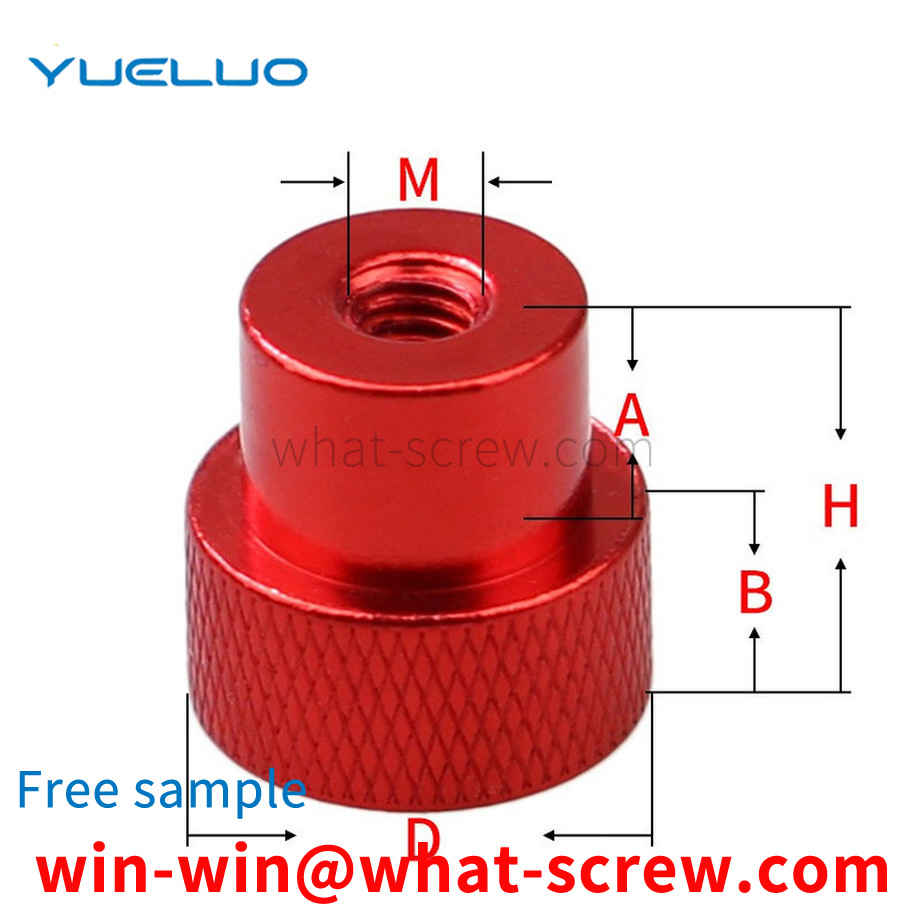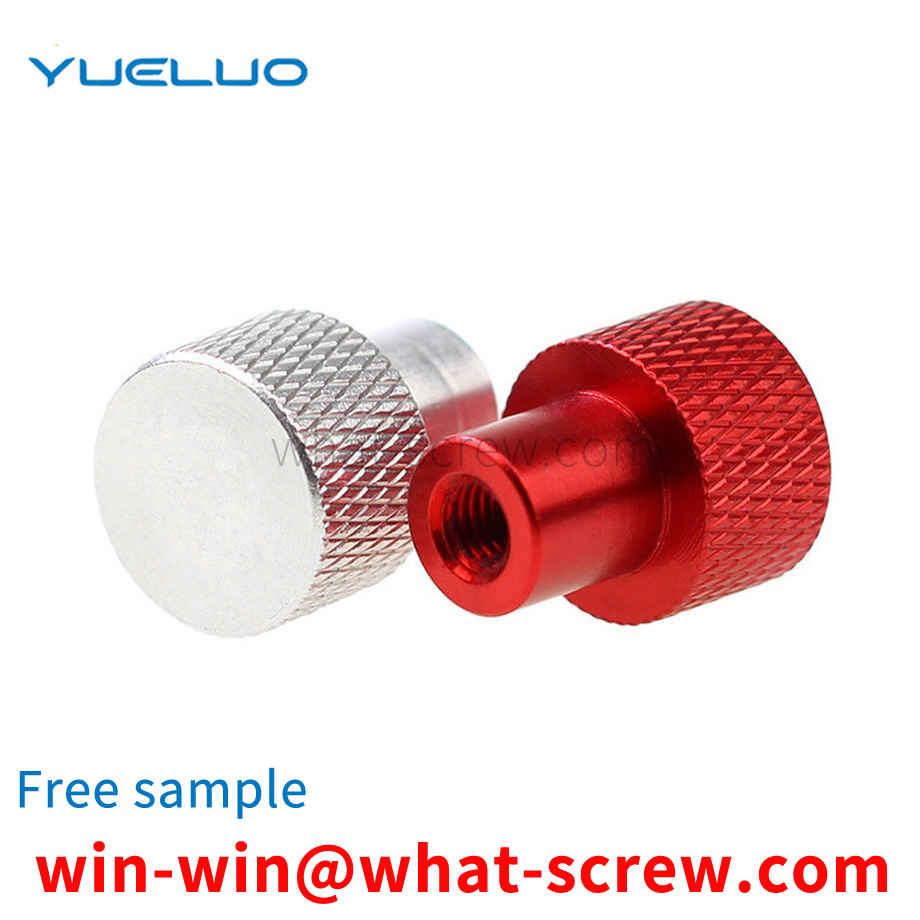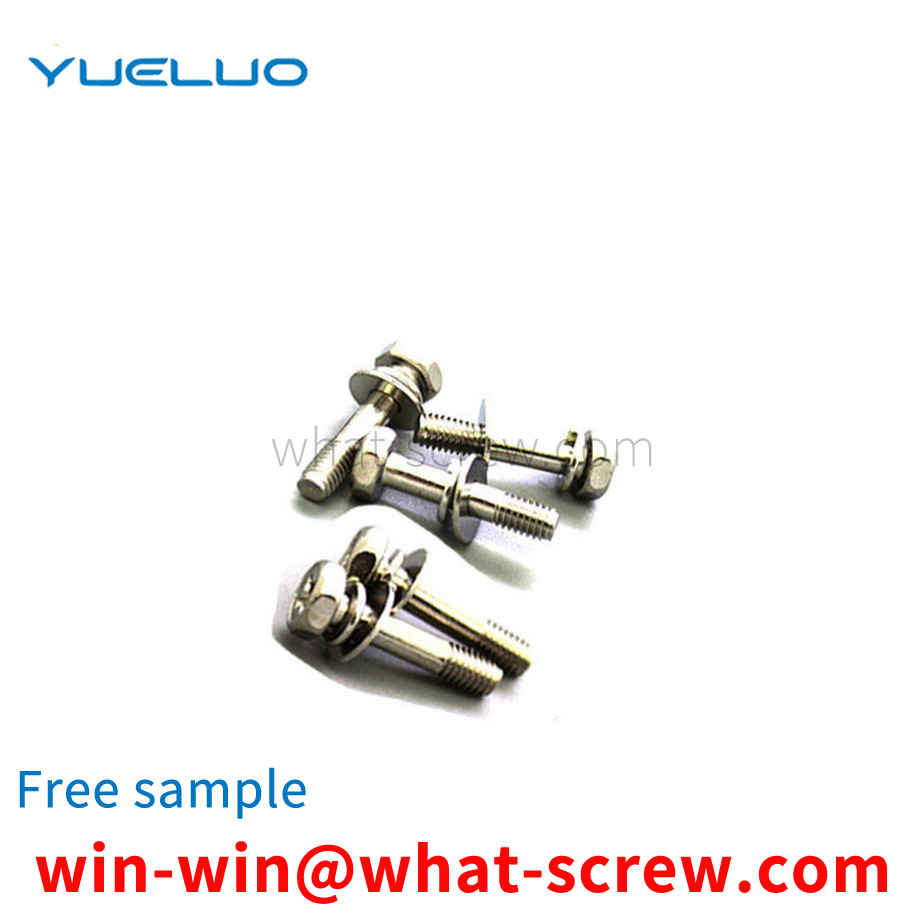What is the tolerance range of precision screws?
What is the tolerance range of precision screws?
Service Hotline
+86760-8787 8587We have more than ten years of experience in screw industry production, the main products are: copper wing nut, device V-bolt, semi-circular rivet, outer hexagonal insulating bolt, DIN6915, A-type flat key construction pin, 304 national standard GB12615 all stainless steel rivets, Hexagon combination screws and nuts, high-strength pins, small flat washers, pass-through stop gauges, split spring pins, repair expansion bolts, chain bolts, nickel-plated copper posts and other fasteners, due to different product materials and specifications, the price also varies different, please contact us if necessary.


Commonly used standards are broadcast. For hexagonal nuts, the commonly used standards are: GB52, GB6170, GB6172 and DIN934. The main differences between them are: the thickness of GB6170 is thicker than that of GB52, GB6172 and DIN934, commonly known as thick screw cap. The other is the difference between the opposite sides, the opposite sides of DIN934, GB6170 and GB6172 in the M8 nut series are 13MM smaller than the opposite side 14MM of GB52, and the opposite sides of M10 nuts, DIN934 and GB52 are 17MM. The opposite side of GB6170 and GB6172 should be 1MM larger, M12 nut, DIN934, GB52's opposite side is 19MM larger than GB6170 and GB6172's opposite side 18MM is 1MM larger. For M14 nuts, the opposite side of DIN934 and GB52 is 22MM, which is 1MM larger than the opposite side of GB6170 and GB6172, which is 21MM. The other is the M22 nut. The opposite side of DIN934 and GB52 is 32MM, which is 2MM smaller than the opposite side of GB6170 and GB6172, which is 34MM. (Besides the thickness of GB6170 and GB6172 are the same, the width of the opposite side is exactly the same) The rest of the specifications can be used in general without considering the thickness.

④ Screw tooth type A: Self-tapping sharp tail (Japanese standard type 1) sparse AB: Self-tapping sharp tail (Japanese standard type 4) dense; B: Self-tapping flat tail (Japanese standard type 2) sparse; C: Self-tapping Tapping flat tail (the third type of Japanese standard) dense; P: double wire teeth Type triangle teeth CCT: C type triangle teeth PTT: P type triangle teeth STT: S type triangle teeth


Although this structure can prevent the shaft from rotating radially to a certain extent, it also has some obvious defects: firstly, the positioning block needs to be opened during processing, and secondly, the opening of the positioning block needs to be opened. After the deformation, the contact between the positioning block and the shaft becomes line-to-line contact, so that the contact area between the positioning block and the shaft is reduced, and the force generated to overcome the radial rotation of the shaft is correspondingly changed. less, so there is a risk that the shaft can turn radially.

However, due to a radial external tension, the external tension is caused by the tightening axial force generated by the tightening torque, and the phenomenon of open ring expansion occurs, and the spring washer often breaks due to hydrogen embrittlement. The nut exerts uneven pressure on the flat washer through the spring washer. And the friction coefficient between the spring washer and the nut and the flat washer is very small, and the phenomenon of vibration, rotation and relaxation occurs.

The above content is uploaded by Yueluo or the Internet. If there is any copyright issue, please contact [email protected].

What is the tolerance range of precision screws?

How to choose the right stainless steel screw manufacturer?

Why is there an R angle under the head of the hexagon head s...

We have more than ten years of experience in screw industry ...

We have more than ten years of experience in screw industry ...

We have more than ten years of experience in screw industry ...

We have more than ten years of production experience in the ...